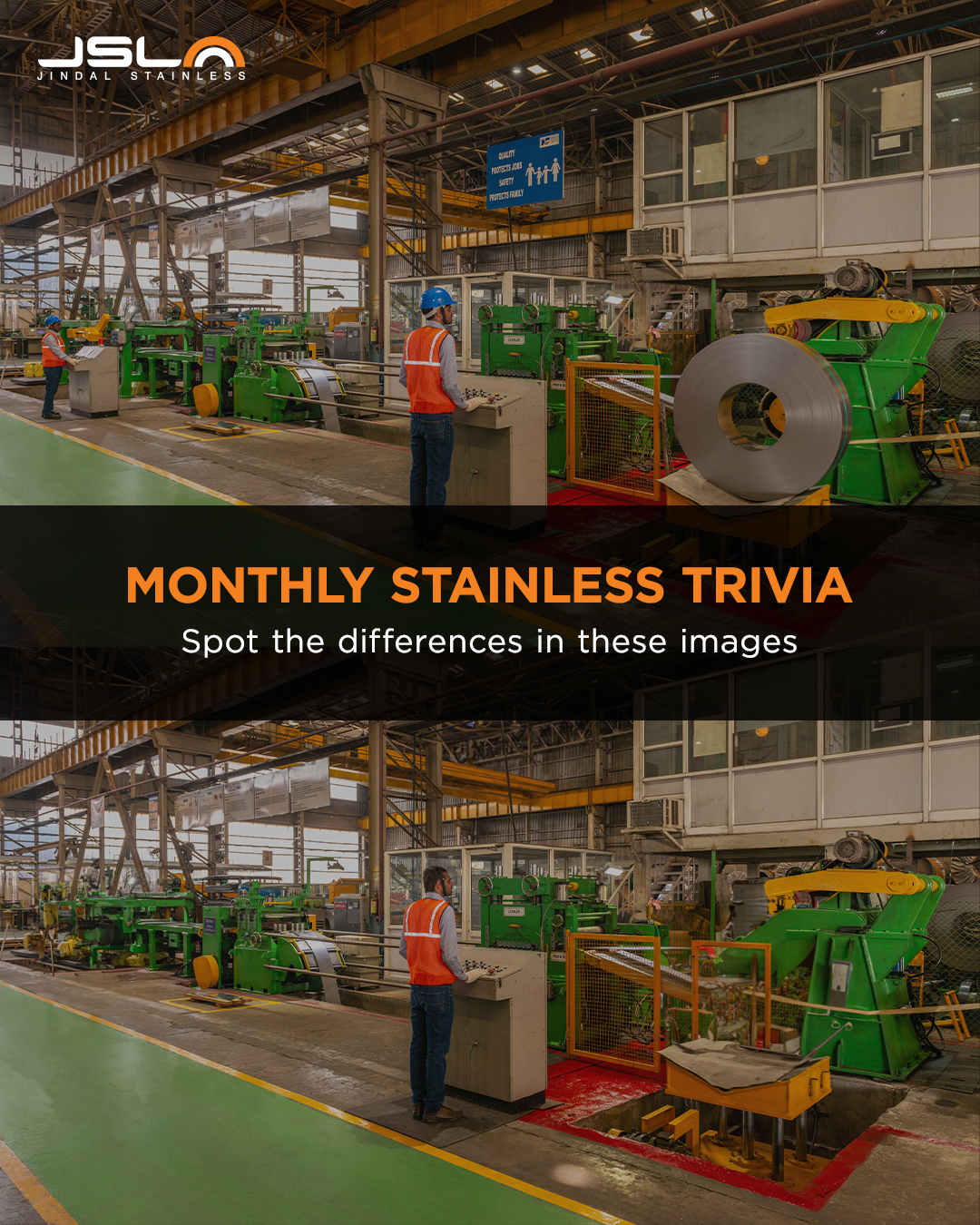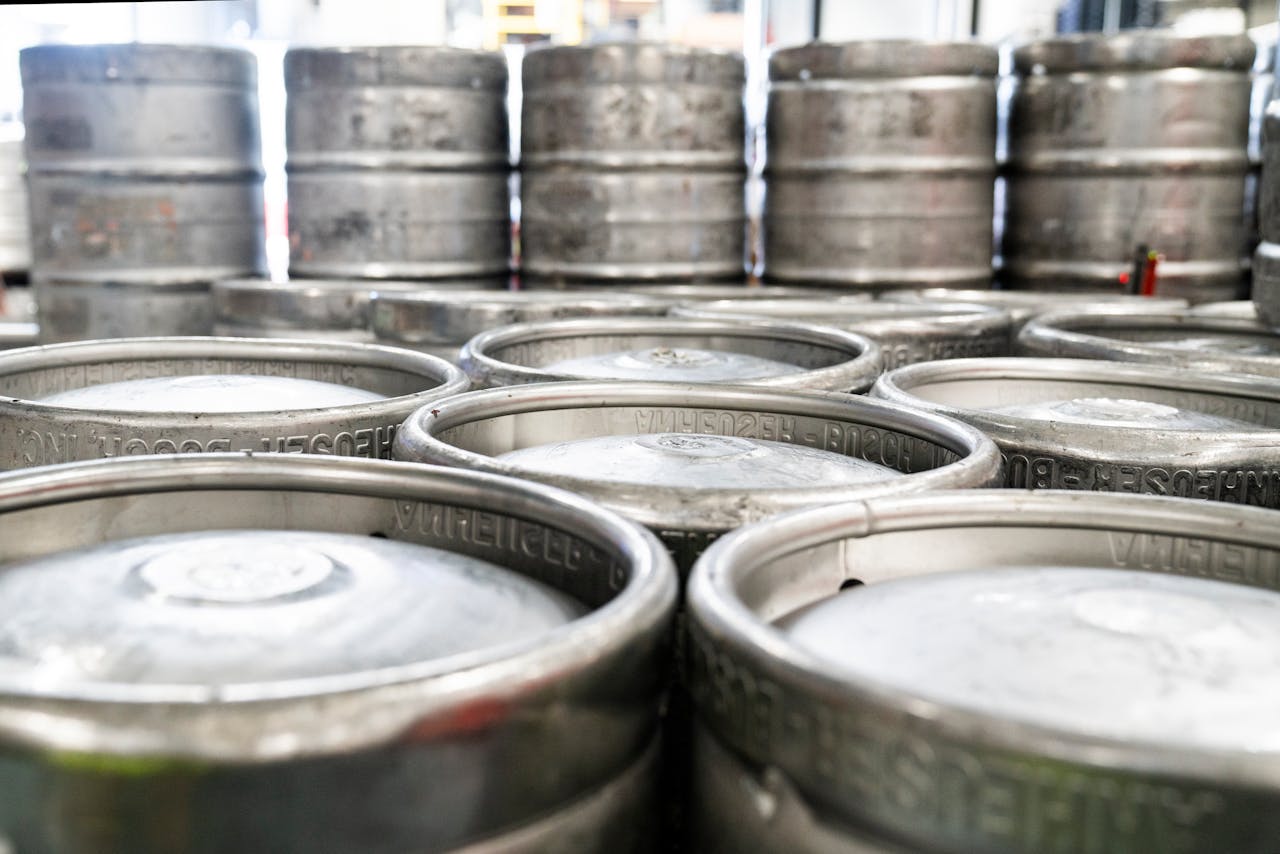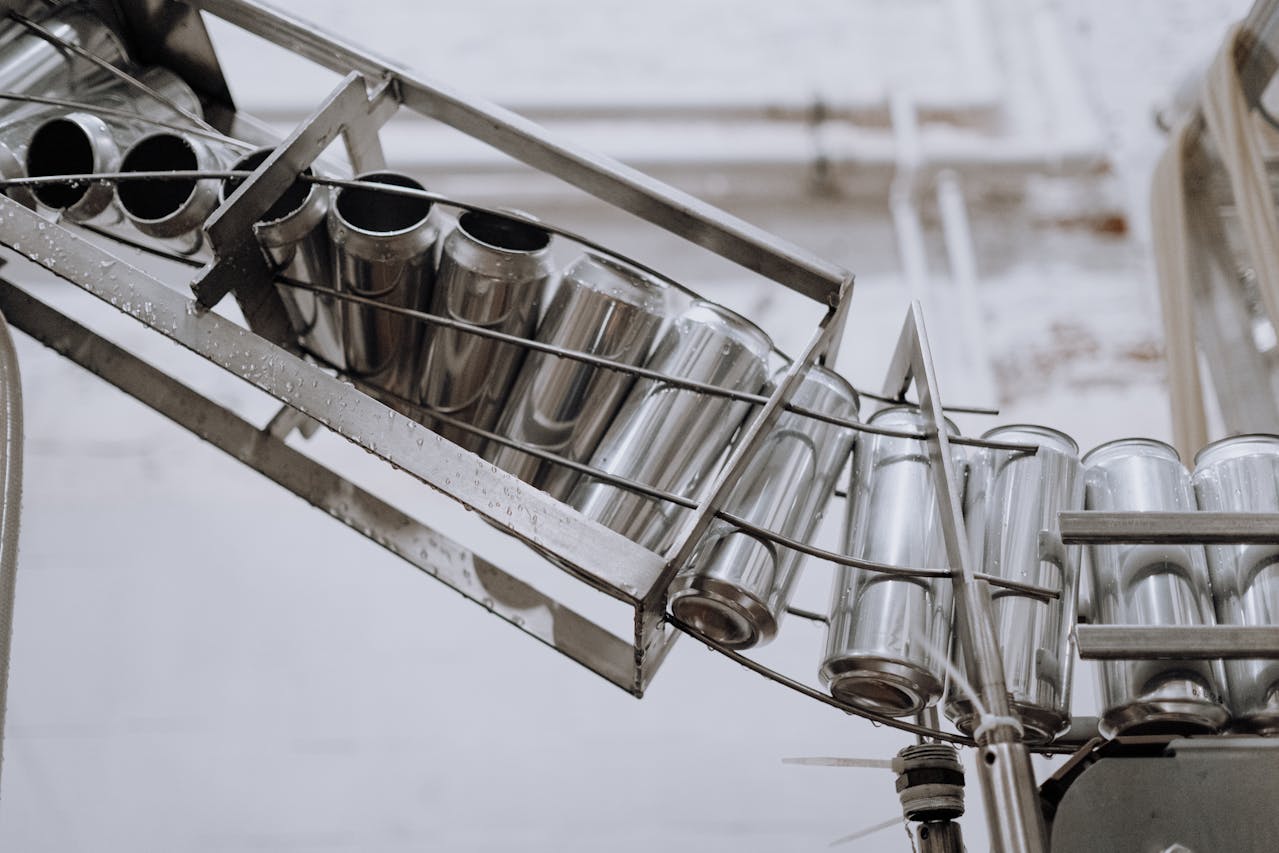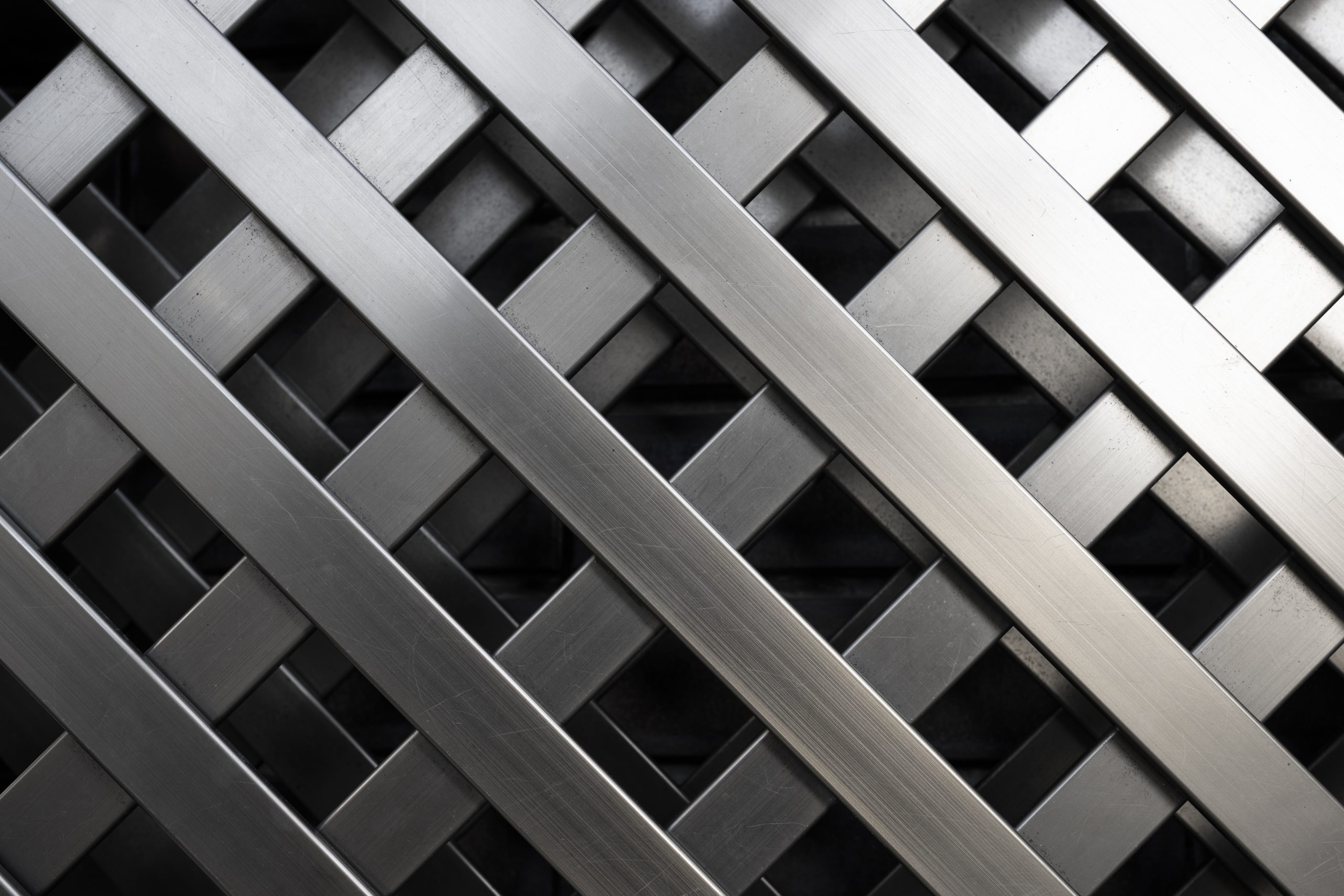What are Low Alloy Stainless Steels? Properties, Uses, Grades & Composition
April 11, 2025
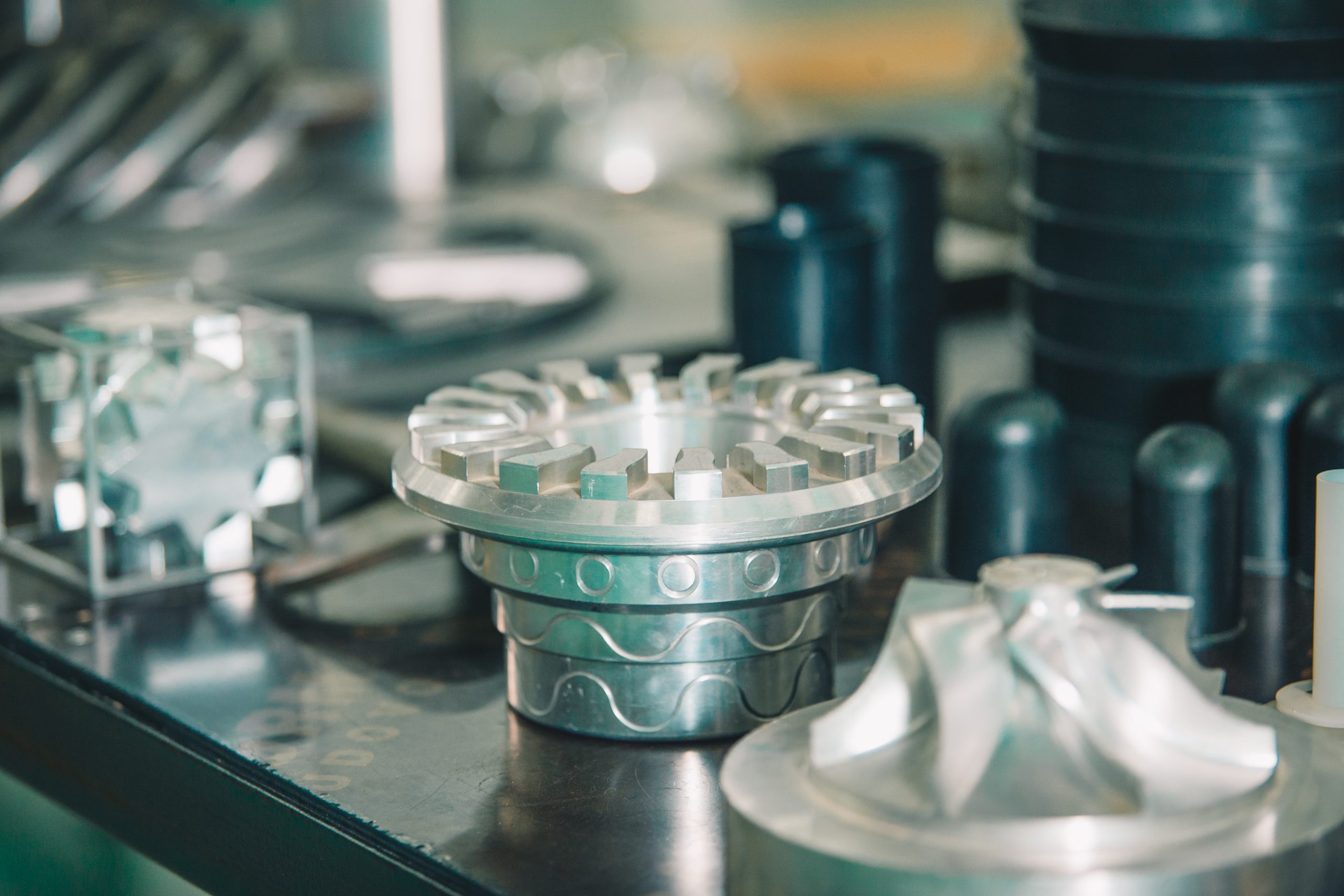
Low alloy stainless steel is a specialised type of stainless steel that incorporates smaller amounts of alloying elements like chromium, nickel, and molybdenum. Known for its excellent strength, durability, and resistance to corrosion, it is widely used across numerous industries. This guide provides insights into its properties, composition, common grades, and diverse applications.
Key Properties of Low Alloy Stainless Steel
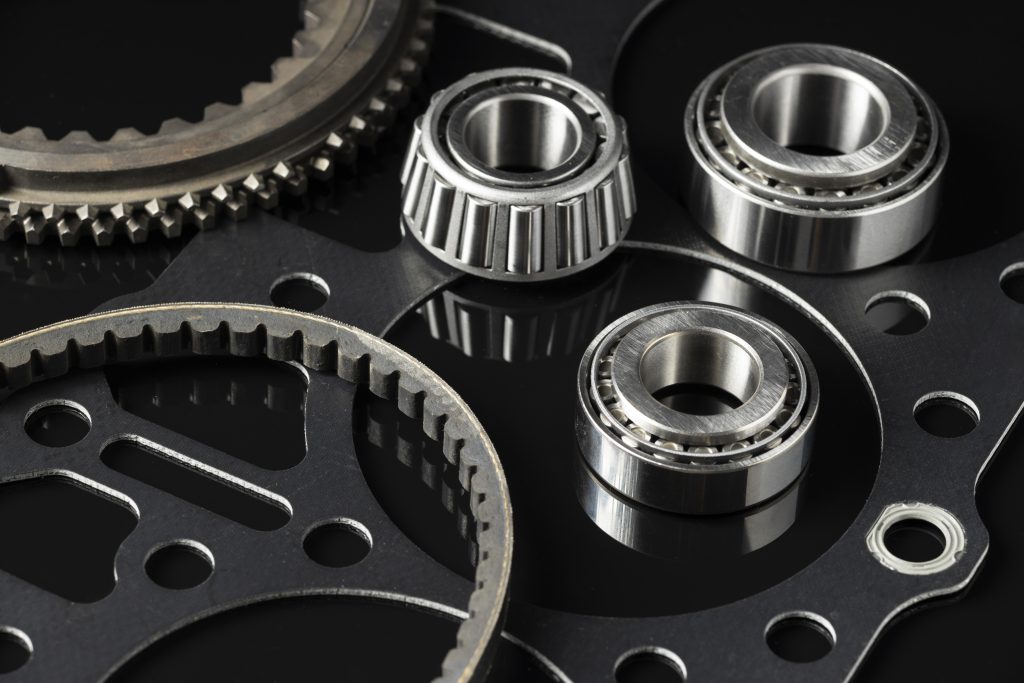
High Strength
Low alloy stainless steel material is known for its high strength, making it ideal for applications where materials need to endure heavy loads or significant pressure. The carefully balanced addition of alloying elements enhances its mechanical properties, surpassing those of standard stainless steel.
Corrosion Resistance
One of the advantages of low-alloy stainless steel is its superior corrosion resistance. Chromium, which is a critical element in the composition, forms a thin but durable oxide layer on the surface. This layer acts as a protective shield, safeguarding the material from rust, moisture, and aggressive chemicals.
Toughness and Durability
Low alloy stainless steel material is highly tough and durable, performing exceptionally well under extreme conditions. Its resistance to wear and high temperatures makes it suitable for harsh environments, ranging from industrial plants to marine settings.
Composition of Low Alloy Stainless Steel
The properties of low alloy stainless steel are determined by its composition, which includes the following elements:
|
Element |
Typical Range (%) |
Purpose |
|
Iron (Fe) |
Balance (~70-85%) |
Base metal |
|
Chromium (Cr) |
10.5 – 18% |
Provides corrosion resistance |
|
Nickel (Ni) |
0 – 10% |
Increases toughness and corrosion resistance |
|
Molybdenum (Mo) |
0 – 5% |
Enhances resistance to pitting and crevice corrosion |
|
Manganese (Mn) |
0 – 2% |
Improves strength and hot-working properties |
|
Silicon (Si) |
0 – 1% |
Enhances oxidation resistance |
|
Carbon (C) |
0.01 – 0.1% |
Increases hardness and strength |
|
Nitrogen (N) |
0 – 0.2% |
Enhances strength and corrosion resistance |
|
Phosphorus (P) |
0 – 0.05% |
Usually an impurity, but it can improve machinability |
|
Sulfur (S) |
0 – 0.03% |
It can improve machinability but lowers corrosion resistance |
Each element contributes unique qualities:
- Chromium: Enhances corrosion and oxidation resistance.
- Nickel: Improves strength and toughness.
- Molybdenum: Boosts resistance to pitting and crevice corrosion, especially in chloride-rich environments.
- Carbon: Provides hardness and strength but requires careful balancing to maintain weldability.
Low Alloy Stainless Steel Grades
Different low alloy stainless steel grades are tailored for specific applications. Below are some commonly used grades and their characteristics:
|
Grade |
Key Features |
|
304L |
Lower carbon content for enhanced weldability |
|
410 |
Higher hardness and moderate corrosion resistance. |
|
Duplex Stainless Steel (e.g., 2205) |
Balanced ferritic-austenitic structure for strength & corrosion resistance. |
These grades cater to specific environmental and operational needs, ensuring optimal performance in different sectors.
Uses and Applications of Low Alloy Stainless Steel
Construction and Infrastructure
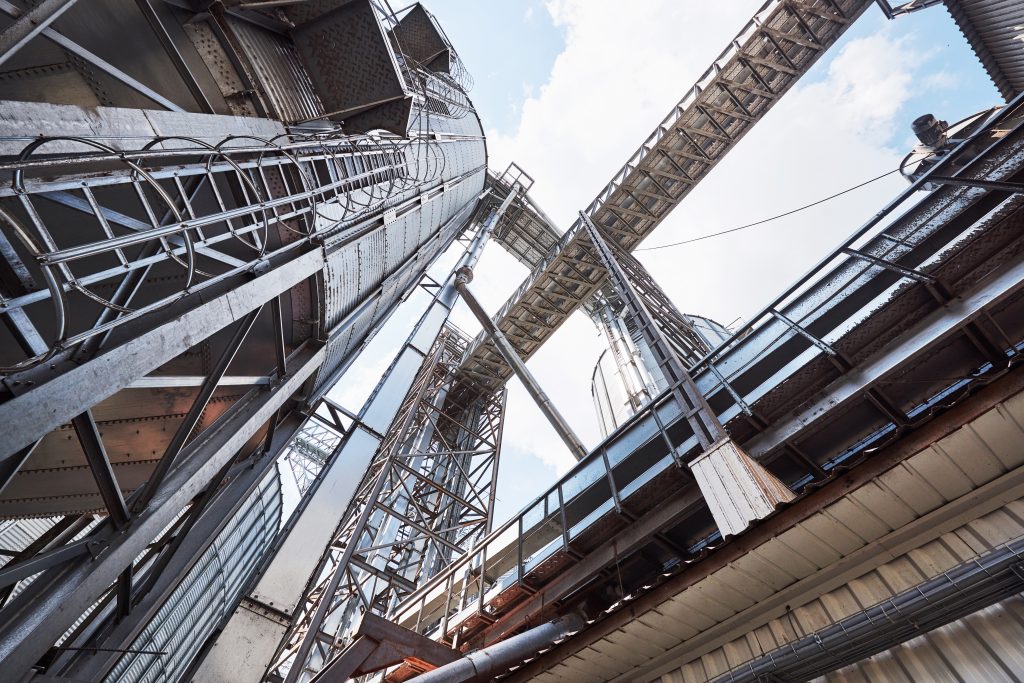
In construction, low alloy stainless steel is used for bridges, buildings, and other structural elements. Its high strength and corrosion resistance ensure durability even in challenging environments like coastal areas.
Automotive Industry
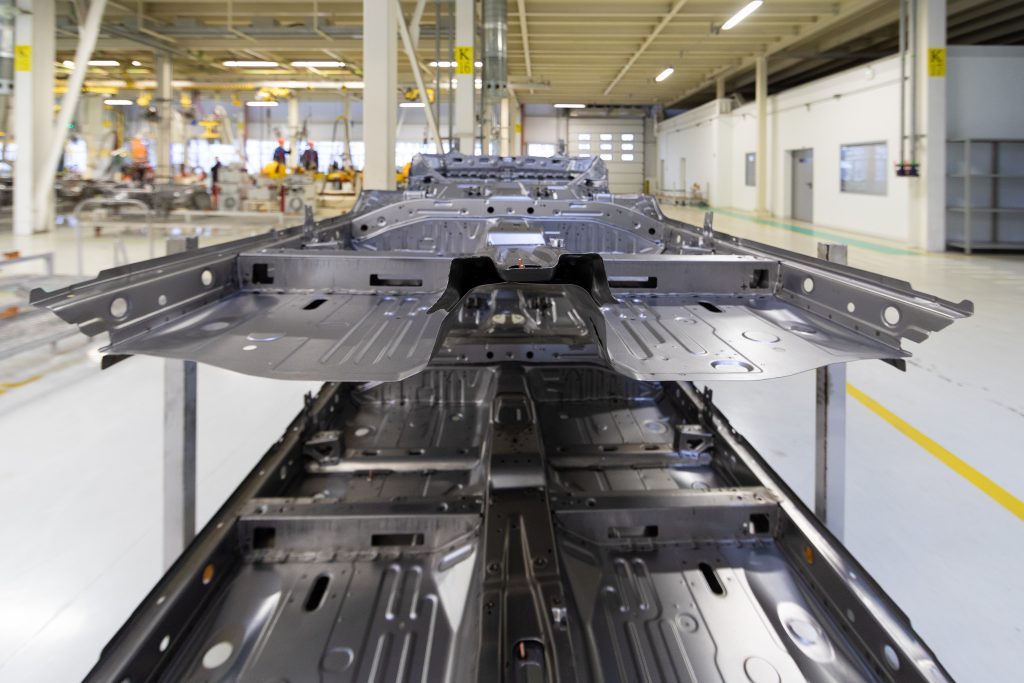
Low-alloy stainless steel is an essential material in the automotive sector. It is used for exhaust systems, chassis components, and body panels due to its ability to withstand heat, corrosion, and mechanical stress, extending vehicle lifespan.
Chemical and Petrochemical Industries
Low alloy stainless steel finds extensive use in chemical reactors, storage tanks, and pipelines. Its corrosion resistance ensures safety and reliability when handling aggressive chemicals or high-temperature processes.
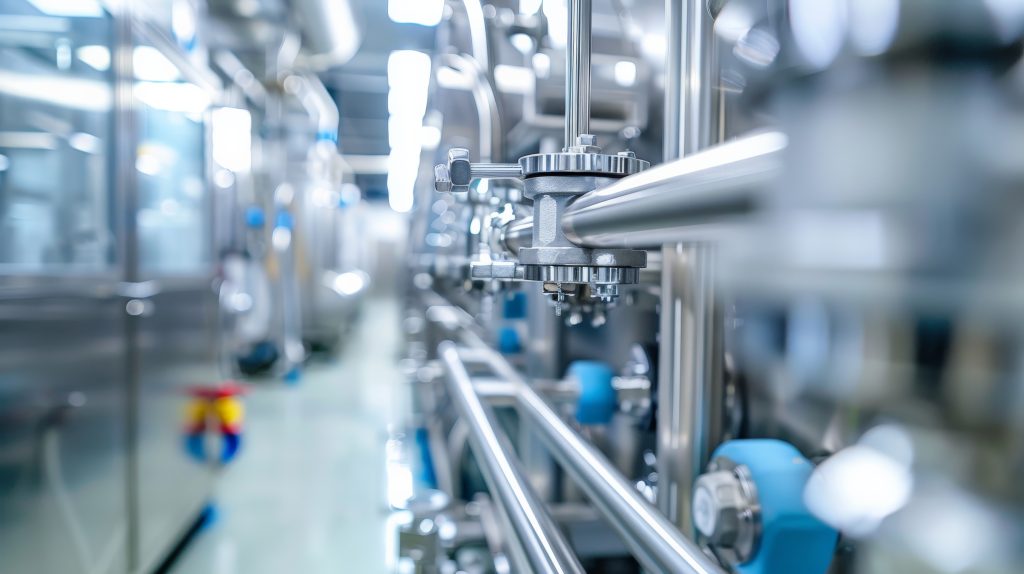
Marine and Offshore Applications
The marine industry relies heavily on low alloy stainless steel for shipbuilding and offshore structures. Its ability to resist saltwater corrosion makes it an ideal choice for vessels, oil rigs, and other maritime equipment.
